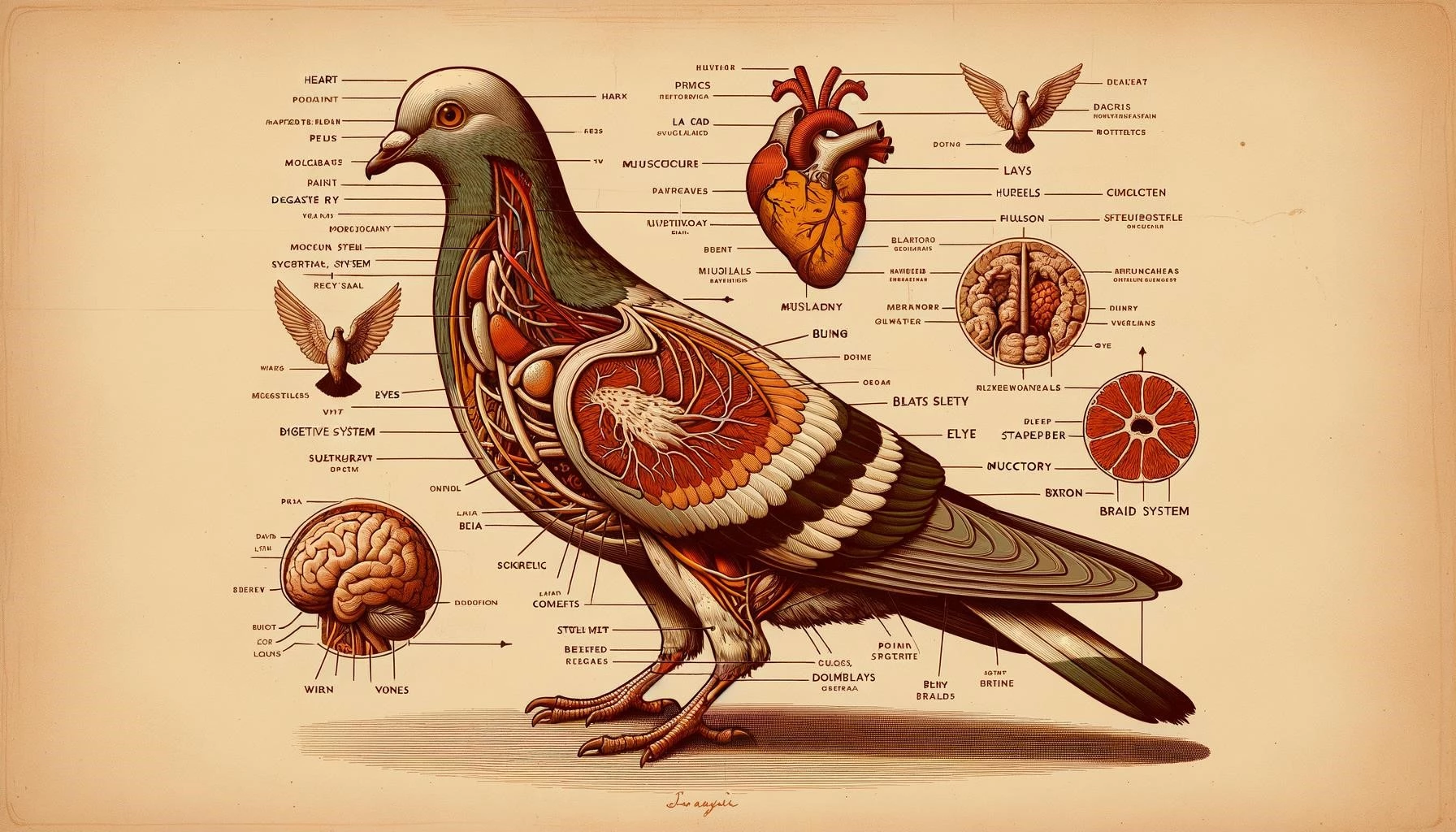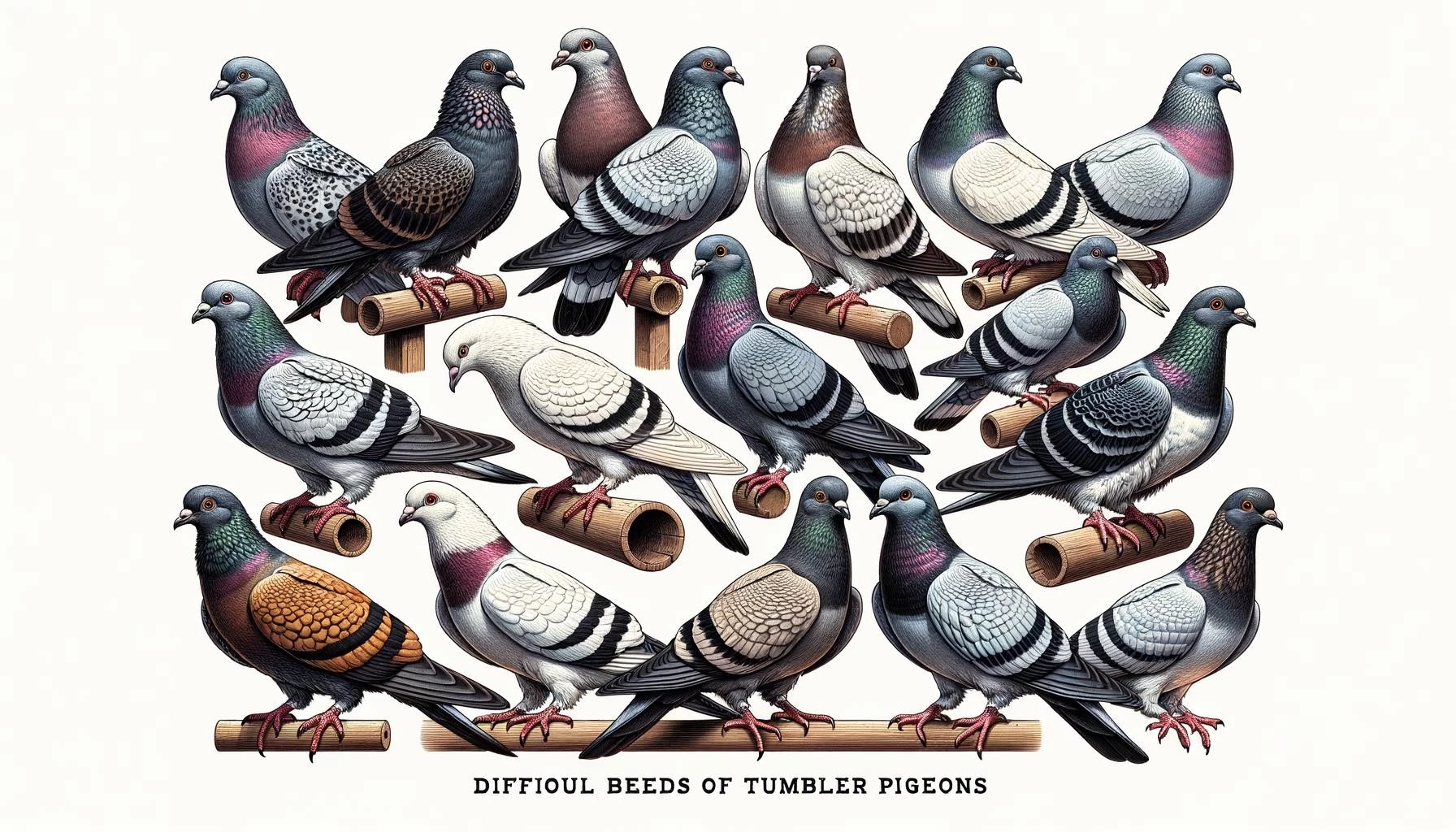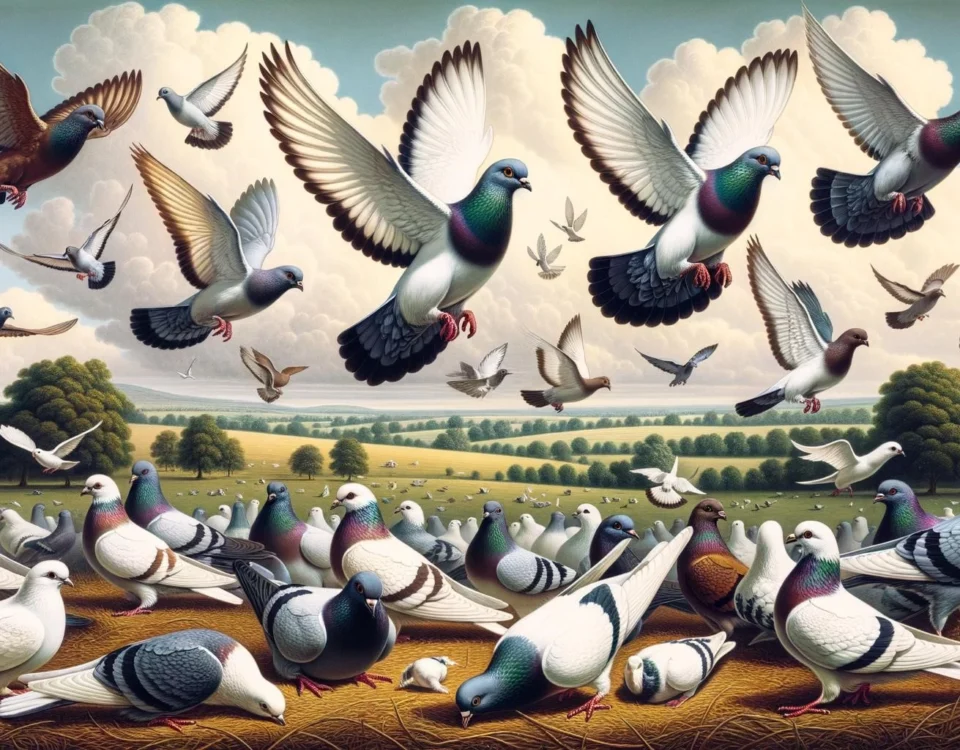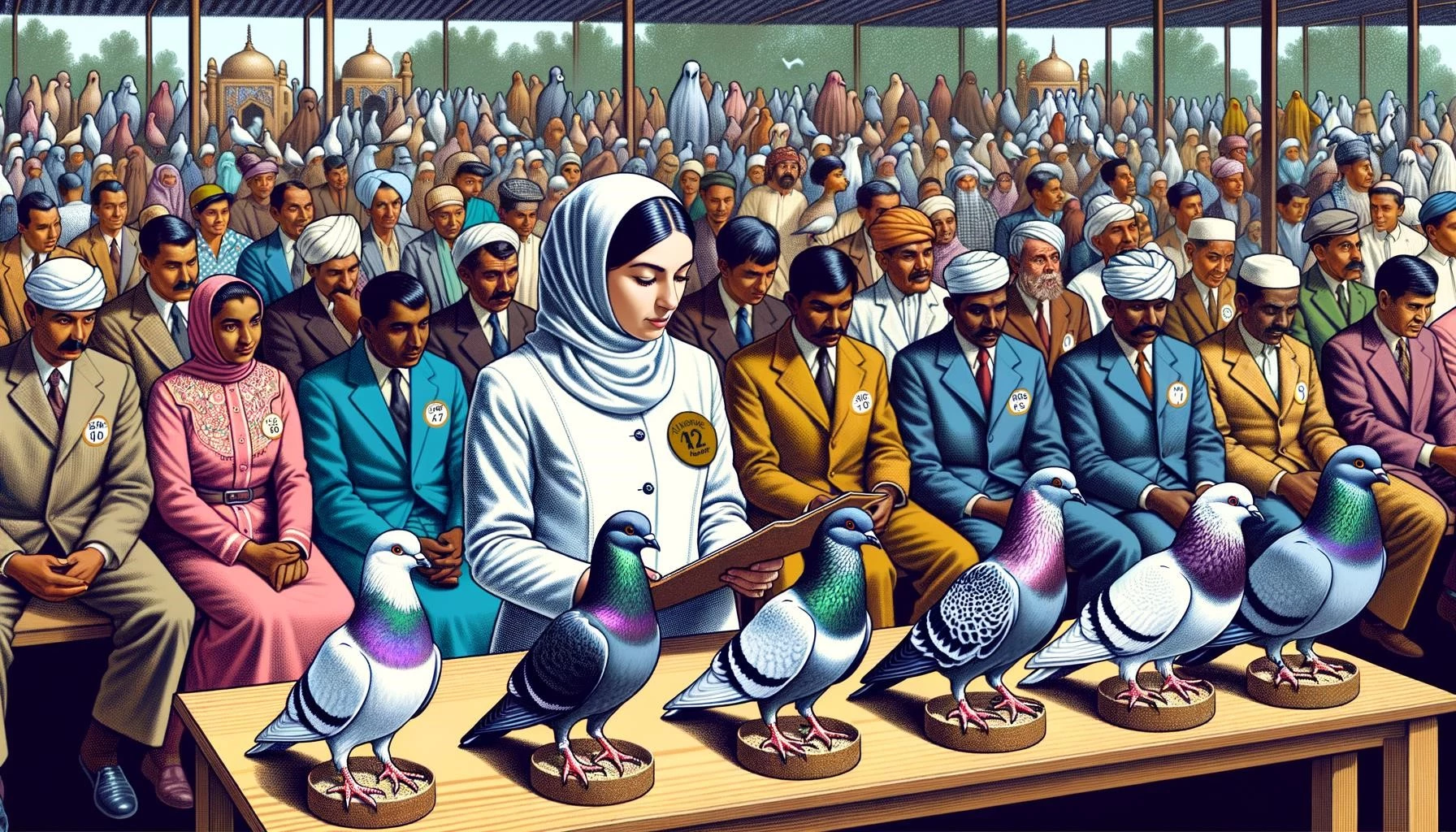Tumbler pigeons are a variety of domesticated pigeons that have been bred for their ability to tumble or roll over backwards in flight. This unique behavior sets them apart from other pigeon breeds and has been a fascinating subject of study for researchers.
Key Takeaways
- Tumbler pigeons are domesticated pigeons that have been bred for their tumbling or rolling behavior in flight.
- Climate change is expected to impact various aspects of bird populations, including habitat availability and migratory patterns.
- Research involving tumbler pigeons and climate change is limited, but there is potential to use pigeons for data collection and monitoring.
1. Tumbler Pigeons and their Behavior
Tumbler pigeons are descendants of the rock dove and have been bred for their ability to perform backwards somersaults or rolls in mid-air. This unique behavior, known as tumbling, is a result of selective breeding over many generations. Tumblers are capable of flying normally most of the time but will occasionally exhibit episodes of tumbling.
The exact neurological causes of tumbling behavior in pigeons are still unknown, but it is believed to involve a combination of genetic factors and muscle coordination. Tumblers are highly specialized pigeons and have been bred selectively for their tumbling ability.
2. Climate Change and Bird Populations
Climate change is expected to have significant impacts on bird populations worldwide. Birds are highly sensitive to changes in temperature, precipitation patterns, and habitat availability, making them valuable indicators of environmental changes. Studies have shown that climate change can affect various aspects of bird populations, including migration patterns, breeding behavior, and overall population dynamics.
As the climate continues to warm and habitats undergo transformations, bird species may need to adapt to survive. Some bird populations face challenges such as changes in food availability, timing mismatches with their natural cycles, and shifts in the geographic ranges of suitable habitats.
3. Potential Uses of Tumbler Pigeons in Climate Change Research
While research specifically focusing on tumbler pigeons and climate change is limited, there is potential to utilize pigeons, including tumblers, for data collection and monitoring purposes. For example, researchers have successfully used homing pigeons equipped with tiny backpacks containing sensors to collect climate data in the UK.
These data collection efforts help scientists gather information on temperature, humidity, air quality, and other environmental variables. By studying how these factors change over time, researchers can gain a better understanding of climate patterns and their impact on bird populations.
Tumbler pigeons, with their unique aerial behavior, could potentially be used as a means to observe and monitor changes in bird behavior and migration patterns resulting from climate change. By studying the behavior of tumblers and other pigeon breeds in different climatic conditions, researchers may uncover valuable insights into the impact of climate change on birds.
However, it is important to note that further research is needed to fully explore the potential role of tumbler pigeons in climate change research. The use of pigeons in scientific studies requires careful consideration of ethical concerns and ensuring the well-being of the birds involved.
In conclusion, tumbler pigeons are a fascinating breed of domesticated pigeons known for their tumbling behavior in flight. While research specifically focusing on tumbler pigeons and climate change is limited, these pigeons have the potential to contribute to data collection efforts and provide insights into the impact of climate change on bird populations.









